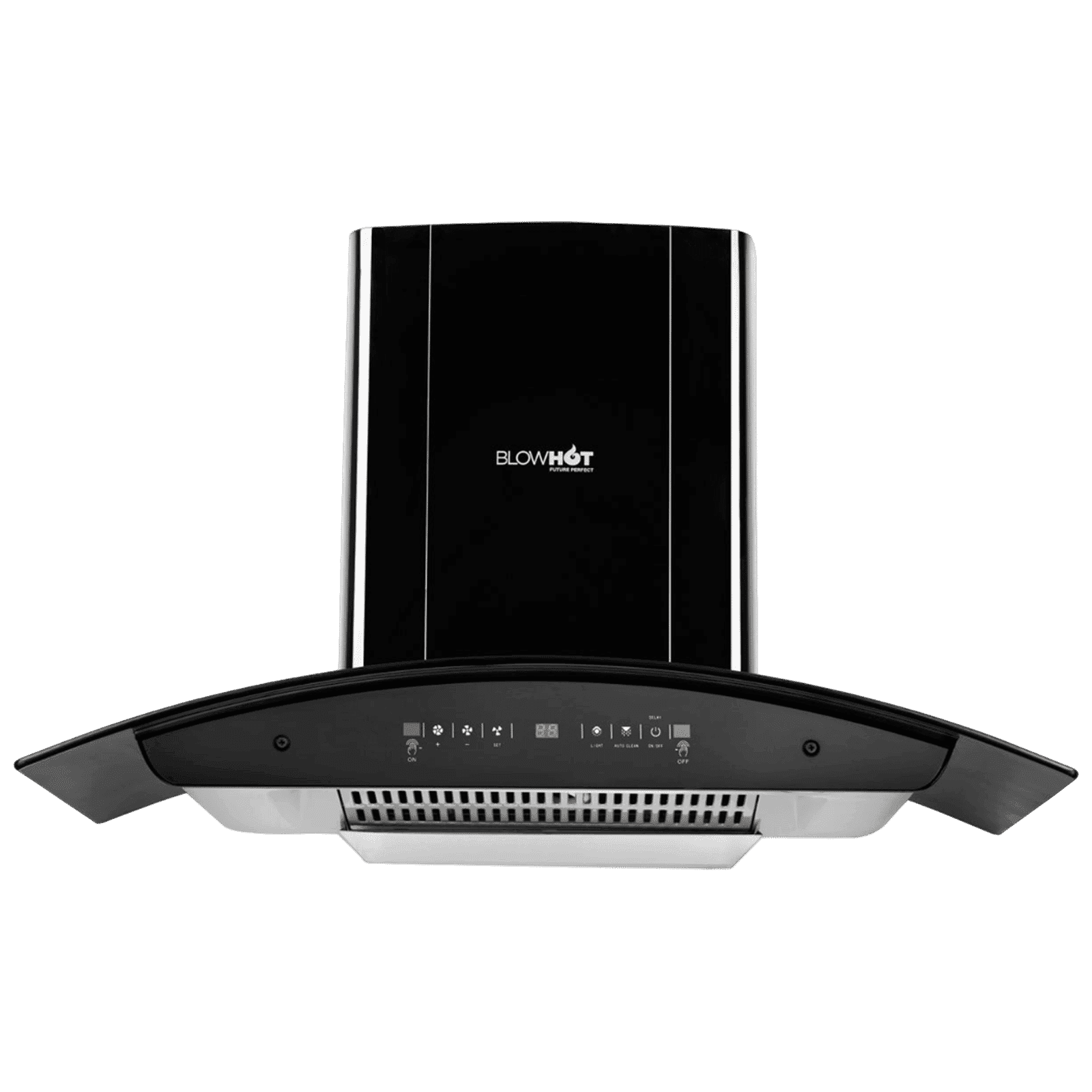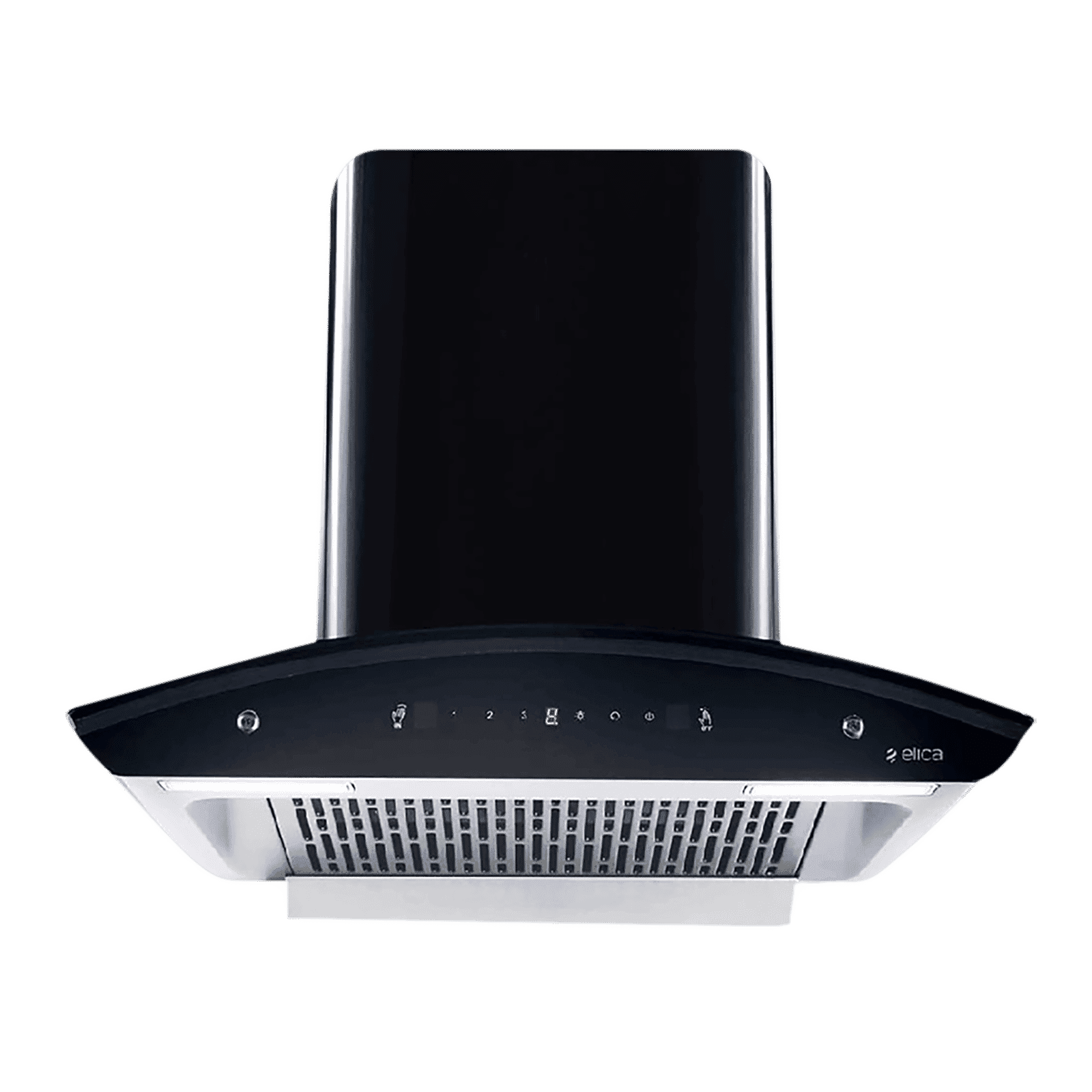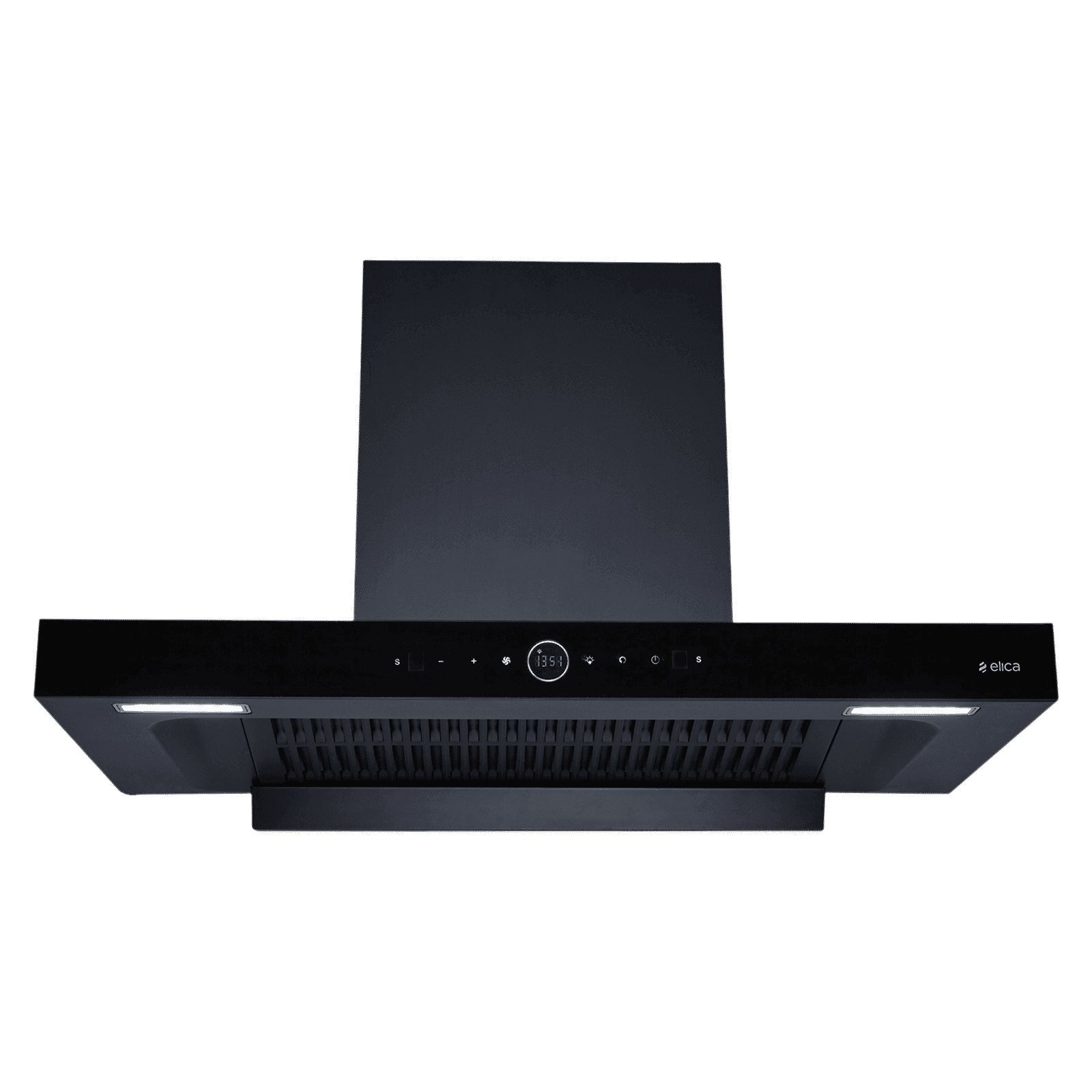
Home Appliances
•05 min read

Buy BLOWHOT ERICA TAC MS PLUS 90cm 1450m³/hr Ductless Auto Clean Wall Mounted Chimney with Motion Sensor (Black) online at best prices from Croma. Check product details, reviews & more. Shop now!
Did you know that the size and proportions of your chimney can directly impact its efficiency and safety? Whether you are planning a new installation or looking at an existing setup, understanding chimney dimensions is crucial to maintaining proper draft, ensuring safety, and optimising performance. In this article, you will learn expert insights on chimney size in feet, the significance of standard chimney dimensions, and practical tips for accurately measuring and calculating chimney proportions. Read on to equip yourself with the knowledge needed to achieve the ideal chimney setup in your home.
Chimney dimensions are much more than a matter of aesthetics. Proper sizing ensures adequate draft and complete ventilation, which translates into effective removal of smoke and gases. Inadequate sizing may not only hamper the heating efficiency of your fireplace but could also present serious safety hazards such as smoke buildup or backflow. A well-proportioned chimney contributes to better energy efficiency and a safer home environment.
When considering chimney size in feet, it is important to be familiar with standard dimensions. Residential chimneys, whether built with brick or wood, generally have a flue diameter that ranges from 8 to 12 inches while the overall height can vary depending on the home. These standard chimney dimensions provide a strong starting point for ensuring your chimney aligns with safety and performance requirements.
The height of a chimney plays a pivotal role in achieving a proper draft that efficiently expels smoke. One of the well-regarded guidelines is the "3-2-10 Rule". This rule suggests that a chimney should extend at least 3 feet above the highest point of your roof and be at least 2 feet taller than any structure within a 10-foot radius. Meeting these chimney height requirements helps to prevent backflow and ensures optimal functioning.
Beyond height, the relationship between chimney width and height is essential. The width-to-height ratio determines the efficiency of draft and overall performance. A chimney that is too wide for its height may struggle to maintain an optimal draft while one that is too narrow can obstruct airflow. Using a reliable chimney width guide based on the type of fireplace in use ensures that proportions remain ideal for both wood-burning and gas fireplaces.
Several factors such as roof pitch, the size of the fireplace, and even local building codes significantly influence home chimney dimensions. For instance, homes with steep roof pitches or larger fireplaces may require a taller and proportionally adjusted chimney structure. Knowing the common home chimney dimensions for your architectural style helps in customising your heating solution to meet both efficiency and aesthetic demands.

Buy elica WD TFL HAC 60 MS NERO 60cm 1425m3/hr Ducted Auto Clean Wall Mounted Chimney with Touch Control Panel (Black) online at best prices from Croma. Check product details, reviews & more. Shop now!
Accurate measurements are essential for ensuring that your chimney functions safely and optimally. Start by measuring the overall chimney height from the base to the tip. Next, measure the width of the chimney, as well as the flue size, which is typically one-tenth of the fireplace area. Proper tools such as a reliable tape measure and level are recommended when taking these measurements. Recording these figures ensures that you can compare them with standard dimensions and make adjustments as needed.
Calculating chimney proportions involves a straightforward method: firstly, measure the width and depth of your fireplace opening. Then, ensure that the flue size is proportional—generally, 1/10th of the fireplace’s area. Finally, adjust the chimney height based on the 3-2-10 rule, which helps maintain a safe and efficient chimney draft. With these calculations, homeowners can achieve an ideal chimney setup that adheres to all recommended guidelines.
To ensure optimal chimney performance, follow these practical chimney sizing tips. Always double-check your measurements, and consult local building codes to verify that your design meets all legal requirements. During installation or maintenance, avoid common mistakes like mismeasuring the flue size or neglecting the height requirements. When in doubt, seeking professional assistance can help you dodge expensive mistakes, ensuring your chimney installation is both safe and efficient.
Pro Tip from Our Experts
Did you know? The optimal chimney height should extend at least 3 feet above the highest point of your roof and 2 feet higher than any structure within 10 feet. This ensures proper draft and minimises safety risks.
When deciding on the correct chimney size in feet for your home, consider a range of factors including your heating needs, aesthetic preferences, and structural limitations. For example, wood-burning fireplaces often call for a chimney with slightly different dimensions than gas fireplaces. Selecting chimney dimensions that are in harmony with your home’s design not only reinforces efficiency but also contributes to the overall look of your residence. Moreover, by combining these insights with measured precision, homeowners can strike the perfect balance between performance and visual appeal.
Adhering to local regulations is essential. Building codes typically specify chimney height requirements and other installation metrics that must be strictly followed. Engaging professional installers can guarantee that your chimney not only meets these guidelines but also performs optimally. With expert guidance, you can avoid future hassles and ensure that your chimney is a long-term, safe investment for your home.
It is important to recognise that a properly sized chimney can also add value to your property by improving overall home safety and heating efficiency. This, combined with expert advice and practical tips, can empower you to make better decisions about home installations. In a busy life, where every detail matters, taking the time to calculate and measure chimney size correctly is a wise investment for the future.

Buy elica SPT MAX PRO PLUS FL 900 BLDC HAC LTW MS NERO FULL GRILL 90cm 1600m3/hr Ducted Wall Mounted Chimney with Motion Sensor Control (Black) online at best prices from Croma. Check product details, reviews & more. Shop now!
The approach to selecting optimal chimney dimensions mirrors the careful selection of home appliances that offer both advanced technology and trustworthy support. Much like choosing the right product, getting your chimney measurements accurate means you can enjoy enhanced performance without compromising on safety. With features such as expert guidance and fast, hassle-free service on platforms you trust, making smart decisions becomes second nature.
Standard chimneys typically feature a flue diameter of 8–12 inches and a height ranging between 15–20 feet, adjusting based on the home and fireplace type.
Chimney sizes generally span from 15 to 30 feet in height, with dimensions varying in relation to the fireplace and ensuring optimal draft efficiency.
The average residential chimney is approximately 20–25 feet tall, though height may vary depending on the roof pitch and local building codes.
Begin by measuring the fireplace opening and ensuring that the flue size is about 1/10th of that area. Then adjust the chimney height in line with the 3-2-10 guideline for a proper draft.
The recommended chimney height is 3 feet above the roofline and at least 2 feet higher than any structure within a 10-foot proximity.
To summarise, understanding chimney size and proportions is essential for achieving a safe and efficient heating system. By familiarising yourself with standard dimensions, chimney height requirements, and proper measurement techniques, you can ensure that your installation meets both safety and performance standards. Investing time in calculating and measuring your chimney accurately is a step toward creating a more reliable and energy-efficient home environment. With the useful insights provided, you are now better equipped to make informed decisions about chimney installation, ensuring safety, efficiency, and aesthetic appeal throughout your home.